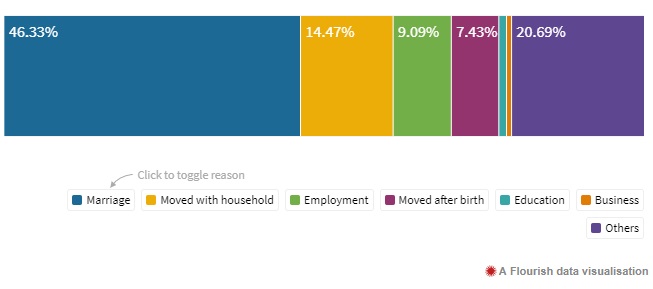7667766266
enquiry@shankarias.in
Rising dengue cases in Mumbai
NVBDCP
Census data on Migrations

Van Dhan Vikas Kendras
Poshan Abhiyaan
Source: PIB, The Indian Express